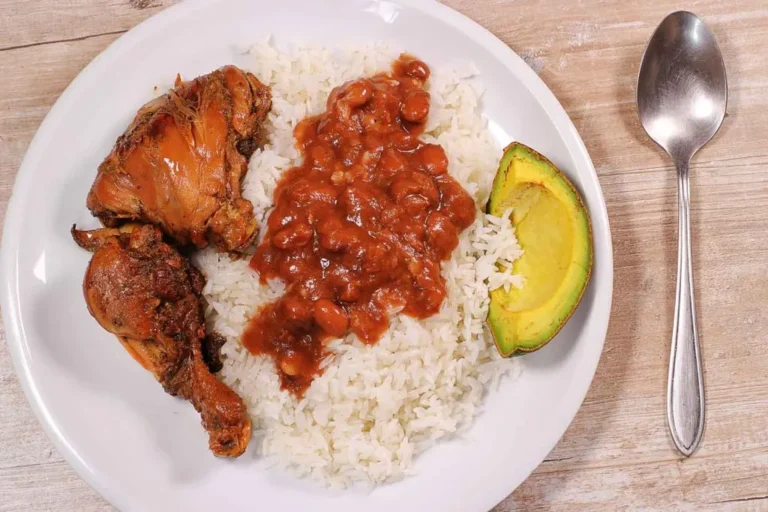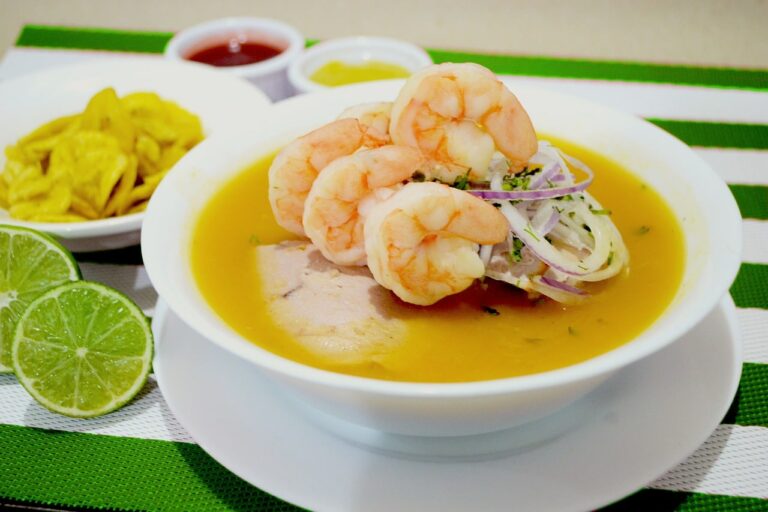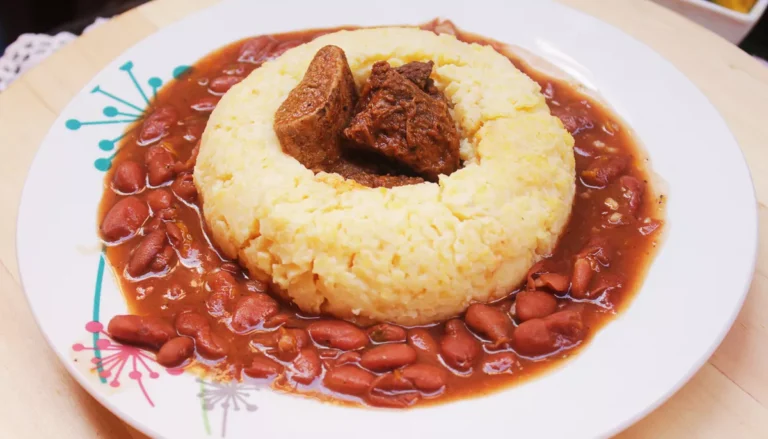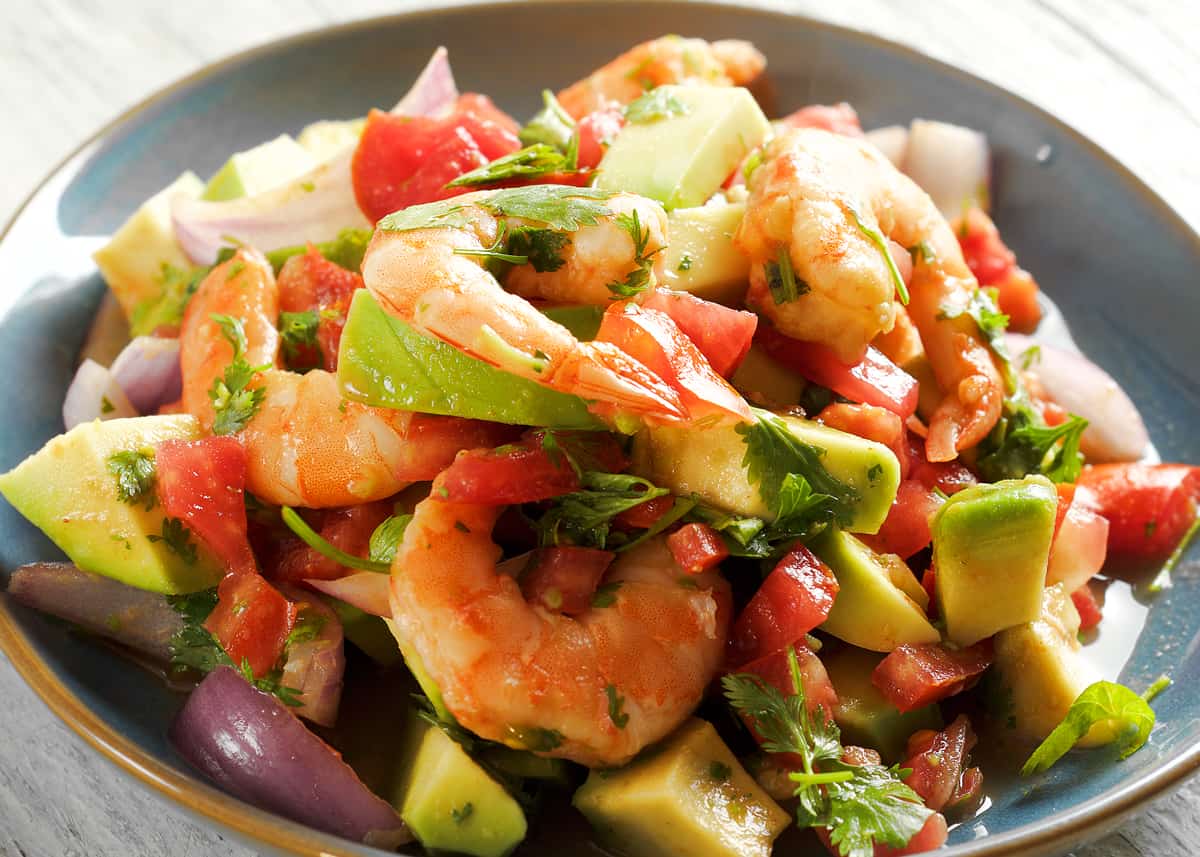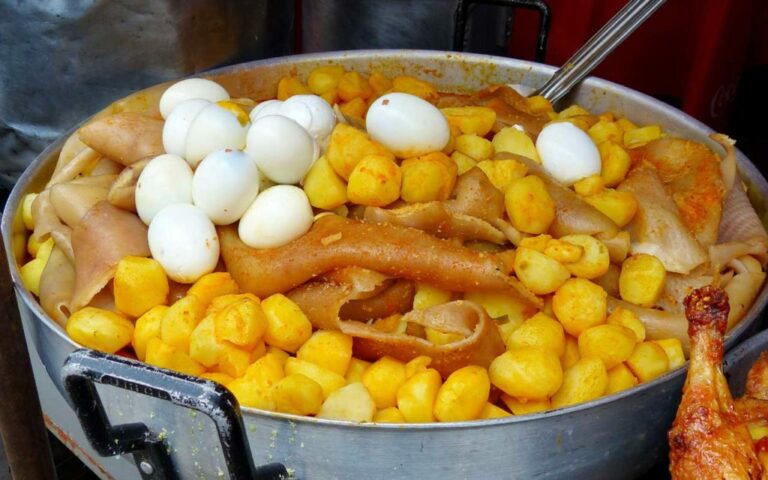Introduction: Meat dishes in the Dominican Republic
The Dominican Republic is a country known for its vibrant culture, friendly people, and delicious food. One of the most important aspects of Dominican cuisine is the use of meat in its dishes. From pork to chicken to beef, meat is an important part of many traditional Dominican meals. In this article, we will explore some of the most popular meat dishes in the Dominican Republic.
Chicharrón: A popular fried pork dish
Chicharrón is a favorite meat dish in the Dominican Republic. It is made by frying pork belly in its own fat until it is crispy and golden brown. The dish is typically served with tostones (fried plantains) and a side of avocado. Chicharrón can be found in many local restaurants and street food vendors throughout the country. It is a popular dish for breakfast, lunch, and dinner.
Pollo guisado: Stewed chicken with vegetables
Pollo guisado is a traditional Dominican dish made with chicken stewed in a tomato-based sauce with vegetables such as onions, bell peppers, and carrots. The chicken is typically seasoned with adobo, a blend of spices including garlic, oregano, and cumin. Pollo guisado is a hearty and flavorful dish, often served with rice and beans or tostones. It is a popular choice for family meals and special occasions.
Asopao de pollo: A hearty chicken soup with rice
Asopao de pollo is a hearty chicken soup made with rice, vegetables, and broth. The dish is typically seasoned with garlic, oregano, and other spices. Asopao de pollo is a popular comfort food in the Dominican Republic, often served during cold weather or as a remedy for a cold or flu. It is a filling and nutritious meal, perfect for warming up on a chilly day.
Bandera: A traditional dish with rice, beans, and meat
Bandera, which translates to “flag” in English, is a traditional Dominican dish that typically consists of rice, beans, and meat. The meat can be chicken, beef, or pork, and is often stewed or fried. The dish is named after the colors of the Dominican flag, with the white rice representing peace, the red beans representing the blood of the patriots, and the meat representing the strength of the people. Bandera is a staple dish in Dominican cuisine and can be found in many local restaurants and homes.
Carne guisada: A slow-cooked beef stew
Carne guisada is a slow-cooked beef stew made with a tomato-based sauce and vegetables such as onions, bell peppers, and potatoes. The beef is typically seasoned with adobo and cooked until it is tender and flavorful. Carne guisada is a popular dish for special occasions and family meals, often served with rice and beans or tostones.
Mondongo: A tripe soup with vegetables and plantains
Mondongo is a tripe soup made with vegetables such as onions, bell peppers, and carrots, as well as plantains and various seasonings. The soup is typically cooked for several hours until the tripe is tender and flavorful. Mondongo is a popular dish in the Dominican Republic, often served with white rice and avocado. It is a hearty and filling meal, perfect for a chilly day.
Pescado frito: Fried fish served with tostones or yucca fries
Pescado frito is a popular seafood dish in the Dominican Republic. It is made by frying fish, typically red snapper or sea bass, until it is crispy and golden brown. The fish is often served with tostones or yucca fries, as well as a side of avocado or lime. Pescado frito is a favorite dish for many Dominicans, often enjoyed at the beach or on special occasions.
Conclusion: Exploring the flavors of Dominican meat dishes
In conclusion, meat is an important part of Dominican cuisine, and there are many delicious meat dishes to explore in the country. From chicharrón to asopao de pollo to mondongo, there is something for everyone to enjoy. Whether you are a meat lover or just looking to try something new, the flavors of Dominican meat dishes are sure to delight your taste buds.



